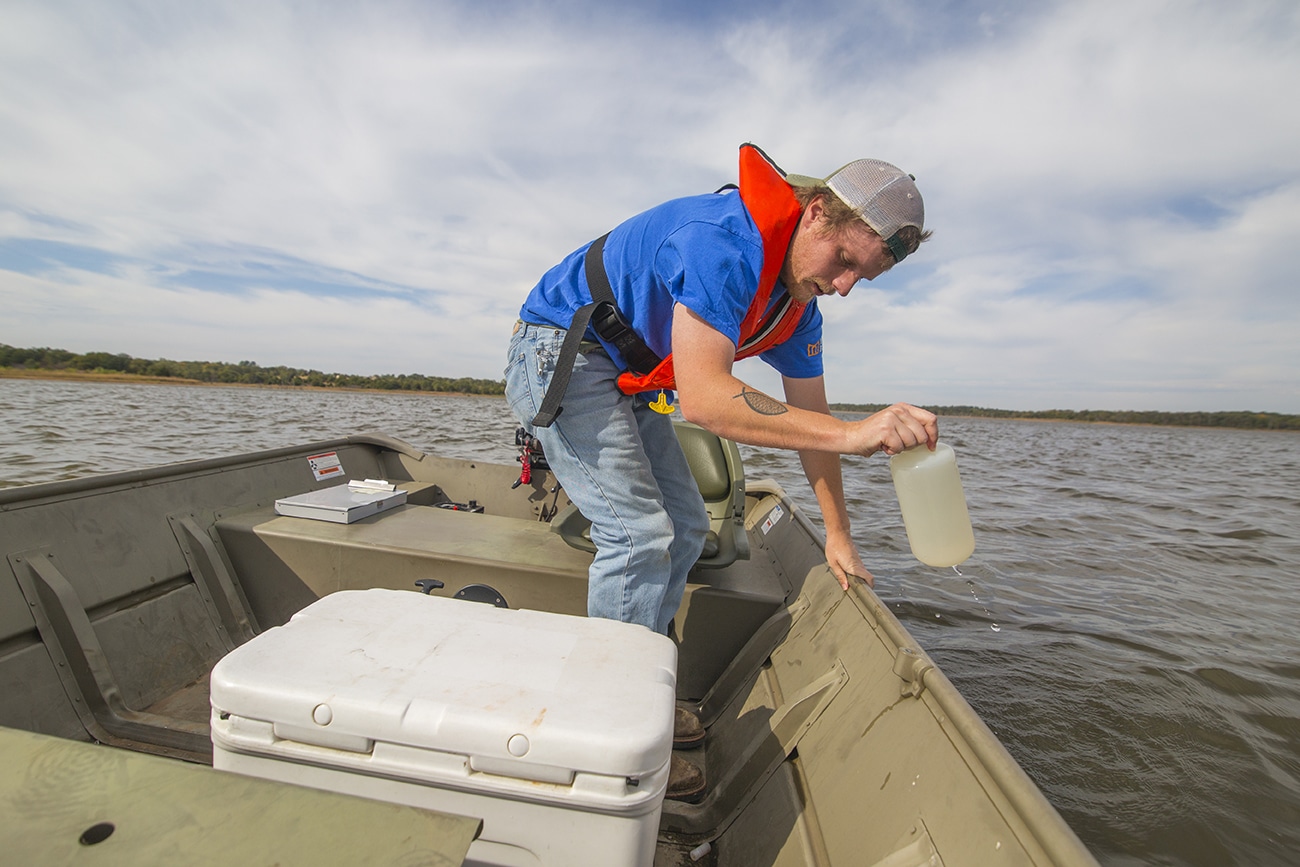CPN’s Department of Environmental Protection recently secured funding for the next fiscal year through a Performance Partnership Grant from the U.S. Environmental Protection Agency. The grant combines funds from EPA’s Indian General Assistance Program and Clean Water Act Section 106 Tribal Water Pollution Prevention Program. DEP will use the funds to conduct monthly baseline surface water monitoring at 13 sites for physical, chemical and biological water quality parameters, develop tribal water quality standards and technical training of staff. Grant funds will also ensure quality control compliance, including inspections of above and below ground storage tanks at tribal facilities.
“The Tribe has worked hard to build capacity to protect and manage its own environmental and natural resources. With the support of Tribal Administration and EPA grants, significant strides have and continue to be made in advancing from a basic Tribal environmental program to one that our federal partners call when other tribes need help with program development,” said CPN Environmental Department Assistant Director Shawn Howard. The CPN Department of Environmental Protection was created in 2006 to protect the environment in Citizen Potawatomi Indian Country for the health, safety and welfare of its citizens and other residents. The Tribe is actively pursuing federal delegation of environmental regulatory programs through the Treatment in the Same Manner as a State Process. In 2009, CPN took a significant step in that process after negotiating an environmental cooperative agreement with the State of Oklahoma, the first of its kind for a tribe.
The CPN Department of Environmental Protection was created in 2006 to protect the environment in Citizen Potawatomi Indian Country for the health, safety and welfare of its citizens and other residents. The Tribe is actively pursuing federal delegation of environmental regulatory programs through the Treatment in the Same Manner as a State Process. In 2009, CPN took a significant step in that process after negotiating an environmental cooperative agreement with the State of Oklahoma, the first of its kind for a tribe.
CPN’s office of Self-Governance also secured funding for the Tribe’s Historic Preservation Department. Dr. Kelli Mosteller, Tribal Historic Preservation Officer and Jeremy Arnette, Assistant Tribal Historic Preservation Officer work to ensure culturally significant sites or associated objects are not to destroyed or disturbed.
“The historic preservation office allows the Nation to protect our cultural resources on trust property rather than relying on the state to have our best interests at heart,” explained Arnette. “We monitor our known historic sites and are constantly on the lookout for others. Without this, the safety of these places would be dependent on volunteers to watch for damage and disturbance.”
Dr. Mosteller and Arnette work with construction teams and builders to find ways to preserve or repair these locations and items should they become threatened.
